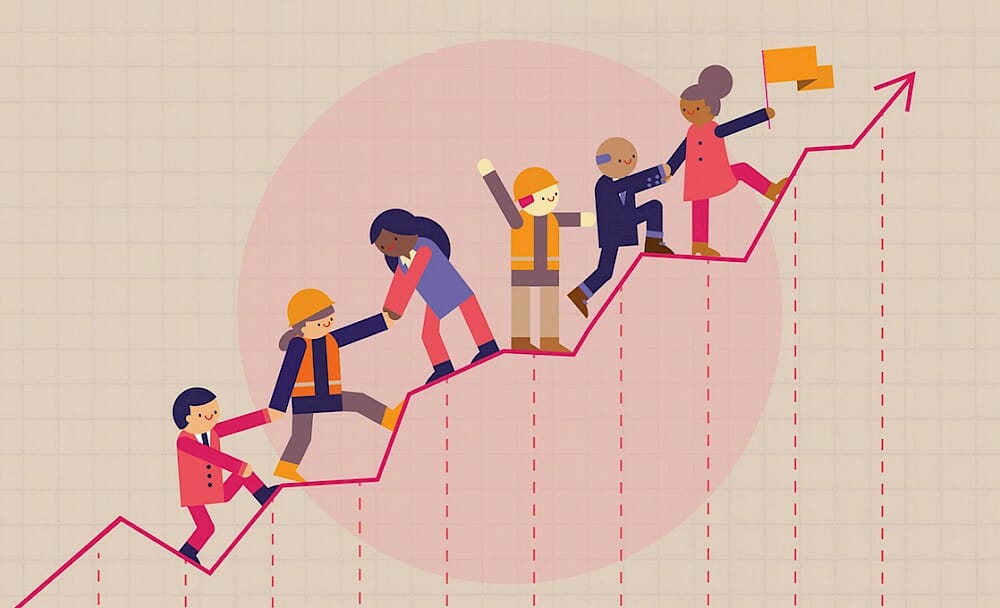 A friend recently asked, “Where are the best places for me to be donating right now?” She didn’t say it, but “in this time of coronavirus Covid-19” was implied. That’s all anybody was talking about on March 17, 2020.
A friend recently asked, “Where are the best places for me to be donating right now?” She didn’t say it, but “in this time of coronavirus Covid-19” was implied. That’s all anybody was talking about on March 17, 2020.
Here’s how I would answer my friend’s question, as a nonprofit consultant:
Keep Giving Where You Give
If you’re a big supporter of the symphony, the mosque, or the Girl Scouts, don’t stop! Those organizations still need your donations as much as they ever did, even if they’re not specifically dealing with Covid-19.
Be strategic. Too often, well-intentioned people read the latest headlines and give their donations for disaster relief, only to realize later they don’t have the money to give to their regular charities.
Make sure you have a budget for your annual giving, and then, if you can, give to organizations addressing the current crisis on top of that.
Provide Services to the Most Vulnerable
An epidemic is like a spotlight on the inequalities of society. The people who are always vulnerable are the first ones to be hit, and hit the hardest.
- People who can’t afford to stay home, or have no home.
- People whose home isn’t safe, because their abuser lives there.
- People whose “home” is a prison or a detention camp for undocumented immigrants.
- People who have no health insurance, or people whose policies have such a high deductible they might as well have none.
- People with no living relatives to check up on them.
- People with the kinds of disabilities that make them depend on caregivers who may or may not show up.
- People whose relatives have abandoned them because they’re LGBTQ+.
- People whose healthcare will be questionable because they’re LGBTQ+ and doctors don’t know what to do with them.
- People whose healthcare will be questionable because they’re Black or other people of color, and doctors don’t know what to do with them or don’t care.
Some of the best places you can give right now are organizations that serve these highly vulnerable populations. Many of them have been doing good work for years, and in the crisis, their resources will be stretched and strained. Look for groups that have been around for a while and have a good reputation.
Support Advocacy for a Fairer, Safer Society
When I give food to the poor, they call me a saint. When I ask why the poor have no food, they call me a communist. – Dom Helder Camara
Let’s be clear: services are fine, but they will never be enough.
Even in ordinary times, the nonprofit organizations I know, love, and work for are struggling to keep up with demand.
We cannot fix homelessness by keeping this one family from being evicted. We cannot end racism in healthcare by making sure this one mother gets proper postnatal care. It takes collective action. It takes policy. It takes government.
So, if you are trying to figure out where your donation dollars will do the most good, by all means keep supporting your regular causes, and certainly, give to organizations that serve the populations hardest hit in a crisis.
But please, for the love of God, direct some of your donation money to groups that are advocating for policies that will create more equality and make us all safer.
Policies that Help All of Us
We know that living in a poor community makes you less likely to live a long life. New evidence suggests that living in a community with high income inequality also seems to be bad for your health. (Margot Sanger-Katz in the New York Times, 2015)
Income inequality is not just bad for poor people’s health. It’s bad for all of our health.
So, policies that reduce inequality are better for all of us. Whether that’s raising the minimum wage, providing a universal basic income, imposing a wealth tax on the 1%, or making health care and free college education for all the standard in our supposedly advanced society, or some mix of all of those, adopting those policies would make life safer and fairer.
Right now, you can be washing your hands several times an hour, but if you go pick up a prescription and the person behind the counter is working sick–because they literally cannot afford not to work every day–you’re at risk.
Paid sick leave for pharmacy workers (and the people who cook your takeout food–mostly immigrants where I live–and the ones who do day care for your toddler–mostly women) means more safety for you, too.
You can find organizations that advocate for those policies. You can donate to them. Right now would be an excellent time to do that.
(And you can also donate to candidates who would make sure government tells the truth and takes effective action. Because that is the most important thing we need, for this crisis and the next.)


